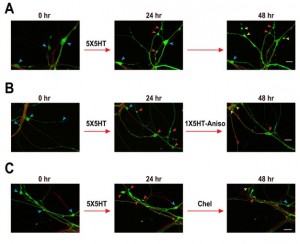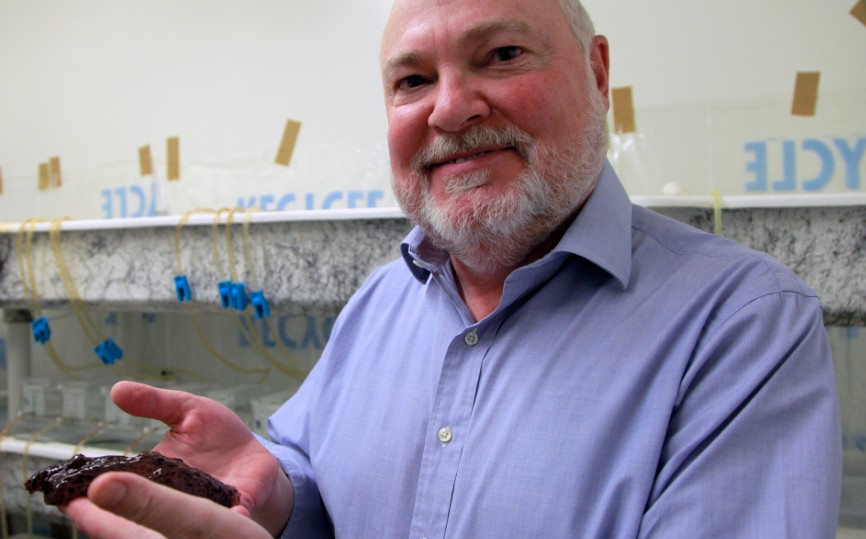Does the entire library of memories stored throughout our lifetime remain dormant within our minds, and can these memories be restored? New research has led UCLA neurobiologists to conclude that the storage mechanism for memories is actually independent of synaptic change–the mechanism that mediates the expression of memories. Rather, memories are stored in persistent epigenetic changes within the nuclei of neurons, and therefore memories are extremely stable over time and could be restored.
“The idea, long believed by most neuroscientists, that memories are stored in synapses may be incorrect. This implies that the apparent loss of a memory due to synaptic elimination might be reversible. Memories that appear to be lost forever may, in fact, be able to be fully restored,” Dr. David Glanzman, professor of integrative biology, physiology and neurobiology at UCLA and lead author of the study, told The Speaker.
So if the memories remain stored intact, why can’t we access them? The synapses that complete the circuit to the memories are destroyed or eliminated, Glanzman suspects. Glanzman qualified that the problem of memory storage was extremely complex and that he did not possess a complete answer, but he explained how his conception of memory formation was changed by the research.
“At present I believe that memories are formed in the brain by a combination of posttranslational changes—protein phosphorylation, protein dephosphorylation, etc.—gene transcription, protein synthesis and structural changes in neurons. Pretty much everyone in the field of learning and memory also believes this.

“Where I differ is that I now believe that the storage mechanism for long-term memories is independent from the mechanism that mediates the expression of the memories, which is synaptic change,” Glanzman continued. “The storage mechanism, I believe, is persistent epigenetic changes within the nuclei of neurons. Given this, I think that long-term memories are actually extremely stable; as long as the cell bodies of the neuronal circuit that contains the memory are intact, the memory will persist. The memory can appear to be disrupted, however, by destroying or eliminating the synapses among the neurons in the neuronal circuit that retains the memory. But the apparent elimination of a memory due to synaptic elimination can be reversed and the memory restored. The data in our eLife study support this idea, although they do not explain how this is actually accomplished.”
In their research, the UCLA team studied Aplysia, a marine snail–particularly the way Aplysia learns to fear a memorable source of harm.
The team trained the snail to defend itself by withdrawing to protect its gills from the harm of mild electric shocks. The snail retained the withdrawal response for several days, indicating long term memory of the stimulus.
The team found that the shock caused serotonin to be released in Aplysia’s central nervous system. New synaptic connections grow as a result of the serotonin, according to the team. The formation of memories can be disrupted by interfering with the synthesis of the proteins that contribute to the new synapses.
When a snail was trained on a task but its ability to immediately produce the proteins was inhibited, the animal would not remember the training 24 hours later, the researchers found, but if an animal was trained and protein synthesis was inhibited later–after 24 hours–the animal would retain the memory. Memories once formed last in long-term memory, the team found.
They also performed experiments with neurons in a Petri dish, and found the same results.
Then the team tested memory loss. Again in a Petri dish, they manipulated synaptic growth with a protein synthesis inhibitor and with serotonin. They found that when they stimulated synaptic growth some time after creating a memory, new synapses grew–not the old ones that would have been stimulated if prevailing theories of memory formation were accurate.
The researchers found that the nervous system appears to be able to regenerate lost synaptic connections–reconnecting memories with new synapses.
Does that meant that the entire library of a life’s memories could be dormant and could be restored? Possibly, but not in all cases, according to the study. Glanzman used an example to explain what his research had suggested.
“That is a fascinating question,” said Glanzman.”For example, what about the phenomenon of infantile amnesia, that is, the inability of adults to retrieve episodic memories before the age of 2–4 years? Can those episodic memories from our earliest years be restored? I frankly don’t know, but I suspect that they can be. It is possible that the explanation for infantile amnesia is similar to that of the phenomenon we examined in our study, reconsolidation blockade. There, we found that the apparent elimination of the memory was the result of the reversal of the synaptic growth and, perhaps, of some of the epigenetic changes, such as histone acetylation, that mediated the expression of the memory.
“Notice that some epigenetic changes are intrinsically more stable than others.
“What if infantile amnesia is also a consequence of synaptic loss and reversible epigenetic changes, but that the memory persists as persistent epigenetic changes? Then, just as we were able to restore memory in the snail following its disappearance due to reconsolidation blockade, we might be able to reverse infantile amnesia. Similarly, some memories lost in the early stages of Alzheimer’s disease due to the synaptic destruction might be restorable. However, once the cell bodies of the neurons that make up the memory circuit die, I believe the memory is lost forever.”
Before the recent research, memory was believed to be stored in synapses. Glanzman explained the traditional belief and the remaining challenges to the new theory.
“First, until my work is confirmed by others, it is not fair to say that neuroscientists are mistaken in their belief that long-term memory is stored at synapses. The idea that memory is not stored at synapses is going to be met with a great deal of skepticism, as any radical new scientific idea should be.
“Having said that, the idea that memory is stored at synapses grew out of the pioneering work of the Spanish neuroanatomist Ramon y Cajal (who was awarded the Nobel Prize in 1906). Cajal was one of the first to propose that learning and memory involves the growth of new synaptic connections among neurons in the brain. This idea is now overwhelmingly accepted by neuroscientists. I certainly believe—and scientific research on Aplysia and other animals confirms—that when an animal learns, synapses in its brain (or nervous system, in the case of the snail) physically change; in some instances the result is synaptic growth, whereas in others it is synaptic retraction. (The specific pattern of synaptic change depends on the specific type of learning and the particular part of the brain that mediates the learning.)
“Given this, it is natural to think that new memories will be stored, at least in part, as persistent molecular or structural changes in the synapses that grew as the memories formed. It is this part of the synaptic hypothesis of long-term memory that I disagree with.”
The research is expected to hold new hope for sufferers of Alzheimers. Because in the early stages of the disease, synapses are destroyed–not neurons–those memories still exist and could be regained, Glanzman suspects.
The report, “Reinstatement of long-term memory following erasure of its behavioral and synaptic expression in Aplysia,” was completed by Shanping Chen, Diancai Cai, Kaycey Pearce, Philip Y W Sun, Adam C Roberts, and David L Glanzman, and was publied in eLife.
Photos: Christelle Nahas/UCLA
